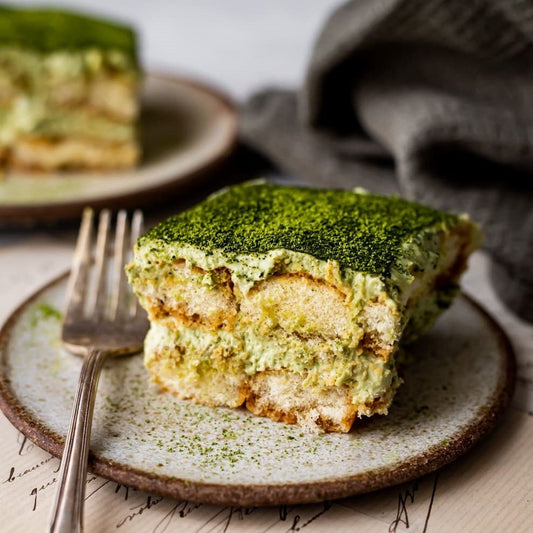Hello, tea aficionados! Today, we’re delving into the refined world of tea tasting, specifically focusing on the beloved Earl Grey. This classic tea, known for its distinctive bergamot aroma, offers a symphony of flavours waiting to be discovered. Let's learn how to fully appreciate the subtle nuances of Earl Grey.
Understanding Earl Grey
Earl Grey tea is traditionally made by infusing black tea with bergamot oil. The key to its unique flavour lies in the quality of both the tea leaves and the bergamot oil. High-quality Earl Grey should have a balance of the robustness of black tea with the citrusy, slightly floral notes of bergamot.
Setting Up Your Tea Tasting
To truly appreciate Earl Grey, it’s important to set up a proper tea tasting environment:
- Use Fresh Water: Start with cold, fresh water. The quality of water can greatly affect the tea’s taste.
- Control the Temperature: For black tea, like Earl Grey, water should be just below boiling, around 96°C.
- Select the Right Teaware: Use a clean, white cup to better observe the tea's colour and clarity.
- Measure Your Tea: Use about one teaspoon of tea leaves per cup.
The Tasting Process
1. Observe the Dry Leaves: Note the quality, size, and aroma of the dry Earl Grey leaves.
2. Brew the Tea: Steep the leaves for about three to five minutes, allowing the flavours to fully develop.
3. Assess the Colour: Look at the brewed tea. Earl Grey should have a bright, clear appearance with a rich colour.
4. Savour the Aroma: Before tasting, inhale the aroma deeply. Earl Grey should have a distinct bergamot scent, complemented by the robustness of black tea.
5. Taste the Tea: Take a small sip and let the tea roll over your tongue. Pay attention to the initial taste, the body (full or light), and the aftertaste. Earl Grey should present a perfect harmony between the citrusy notes of bergamot and the depth of black tea.
Understanding Flavour Notes
- Top Notes: The first flavour you notice, usually the refreshing citrus from the bergamot.
- Body: The middle notes or the 'heart' of the tea. In Earl Grey, this is where the richness of the black tea shines.
- Finish: The aftertaste that lingers. A quality Earl Grey leaves a pleasantly smooth, slightly floral aftertaste.
Pairing with Food
To enhance your tasting experience, try pairing Earl Grey with different foods. Light pastries or lemon-flavoured desserts can complement its citrus notes, while something creamy or chocolaty can balance its robustness.
Conclusion
Appreciating the subtle flavours of Earl Grey tea is an art that requires attention and practice. Each sip offers a journey through layers of taste and aroma. So, next time you brew a cup of Earl Grey, take a moment to truly savour its complexities.




